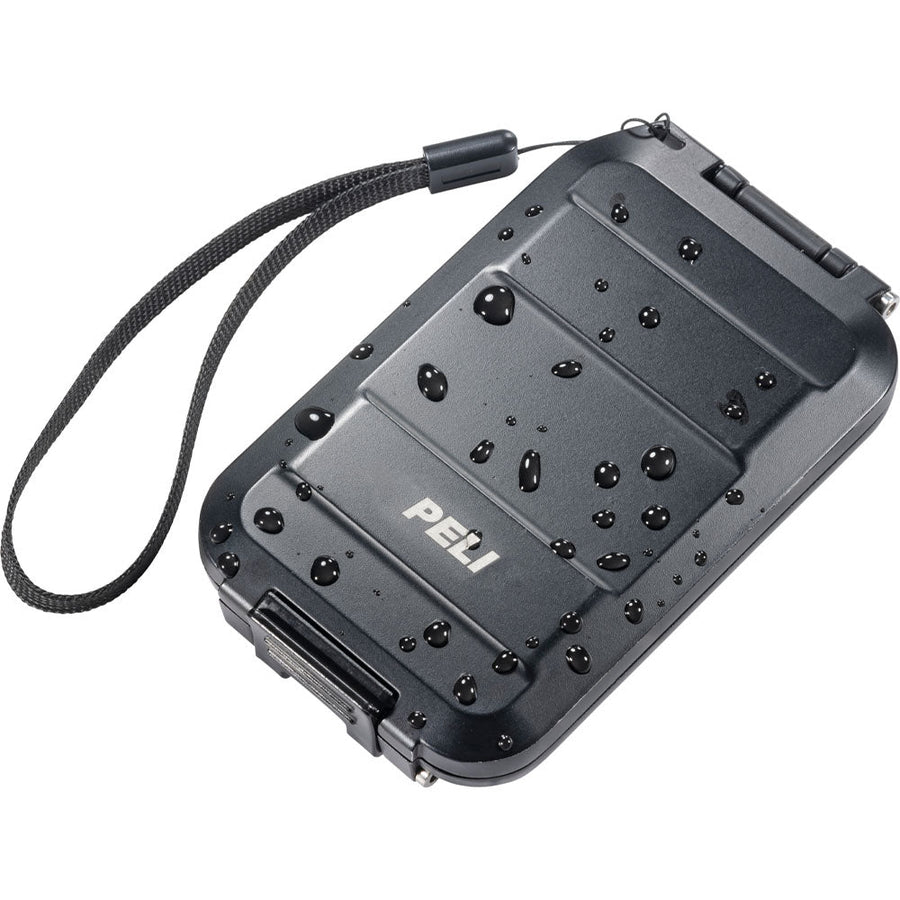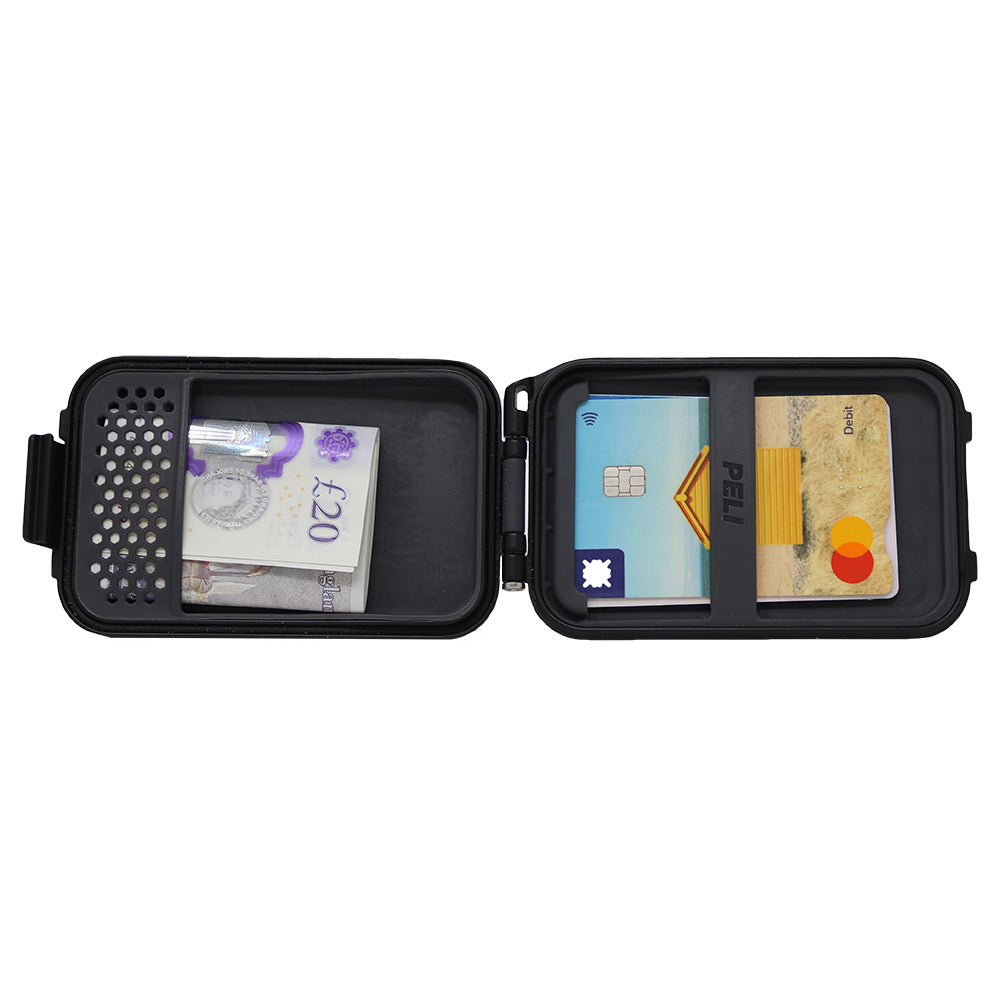An overview of future camera technology in the works
What we once considered as futuristic camera technology, such as 4K video and even higher megapixel counts, are now standardised features in today’s models. These days, the casual photography market is made up of superzoom, large sensor compacts and waterproof point-and-shoots, as well as the improved abilities of smartphone cameras. With an already wide range of features and performance technology available for cameras, it’s time to look to the future at what the next advances in camera technology will be.
Voice-activated shutter buttons
With the rise of voice-activated products including Alexa and Siri, voice commands could make the need or prominence of shutter buttons obsolete. This future camera technology could potentially work similarly to a smartphone’s hands-free system - the user could issue commands such as to start video recording or to take a photo, without the need to push a button. In a selfie-obsessed market, this would certainly be a welcome addition.
Even slimmer ultra-compact cases
A camera is considered ultra-compact if its thickness is 2.5 centimetres or less. Ultra-compact cameras have always been a casual photographer’s favourite as they easily fit into trouser or jacket pockets. New digital camera technology could see the thickness of ultra-compacts brought down to just over 1 centimetre, with even smaller dimensions than the ones currently available today.
As high-tech digital camera components continue to shrink and more cameras have touch screens, the new camera’s size could be determined by the size of the display screen instead of the components. This would be similar to the advances seen in the smartphone market, where controls and buttons have been replaced with larger screens along with slimmer smartphone bodies.
Future camera sensor technology
A camera’s ISO setting determines the image sensor’s sensitivity to light. In today’s DSLR cameras, the most common maximum ISO setting is approximately 51,200. However, this is all about to change thanks to the recent launch of Canon’s ME20F-SH camera, which will have a maximum ISO of 4 million and will allow it to work in little to no light conditions. More camera manufacturers will be pushing to match the Canon’s low light performance and it’s expected that many others could exceed it.
New camera technology for ultra-zoom cameras
A recent development in camera technology may dramatically change the ultra-zoom camera market. In an attempt to set its ultra-zoom apart from other models in the market, the Olympus SP-100 camera has a Dot Sight mechanism which helps you track distant objects even when the extremely powerful 50X optical zoom is engaged. The Dot Sight will help photographers keep the object in frame while shooting over long distances and it wouldn’t come as a surprise if other ultra-zoom cameras follow suit.
The camera industry is releasing fewer new products, but it is producing more refined and advanced models which are constantly pushing the boundaries of camera technology. With all these new and exciting advancements, you’ll want to protect both your current and future cameras and equipment. Browse our range of hard shell protective camera cases featuring crushproof and waterproof protection, to keep your futuristic cameras, lenses and other equipment out of harm’s way.






Leave a comment